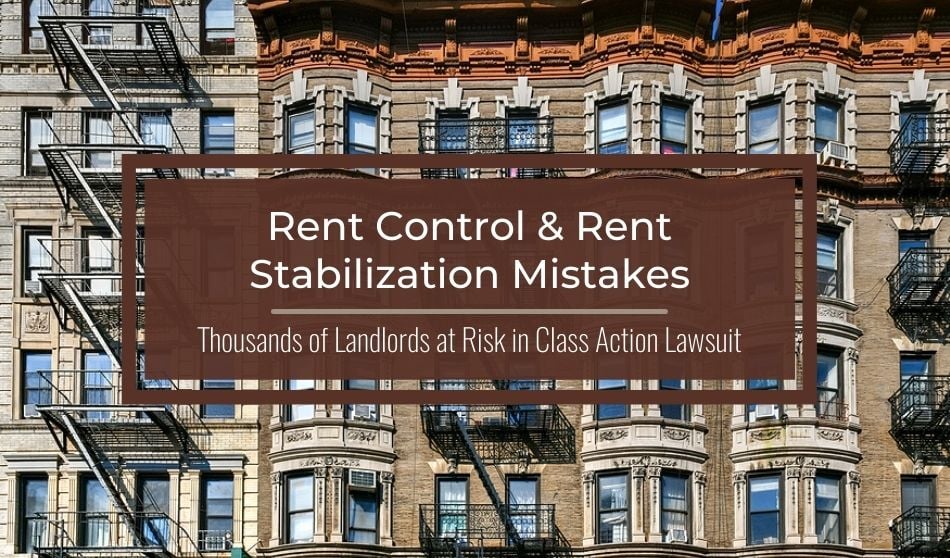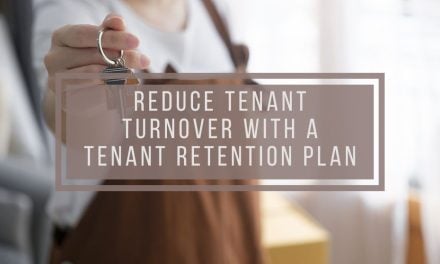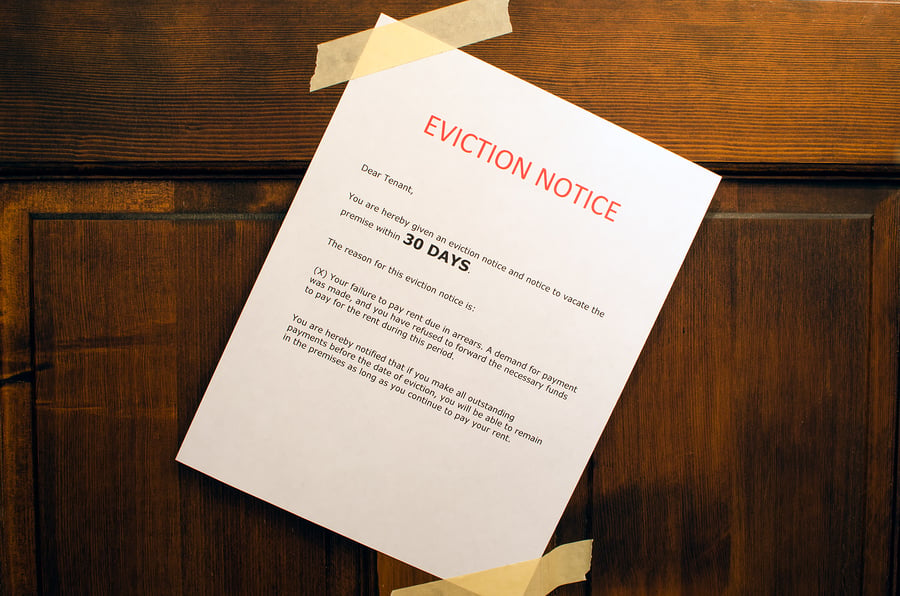
Recently, a lawsuit in California has opened the door and put thousands of landlords at risk to be named in a class-action lawsuit over illegal rent hikes.
The lawsuit started as a three tenant case against a property management company that allegedly violated a rent control ordinance enacted during the 2017 California wildfires.
In Sonoma County alone, more than 5600 single-family homes were damaged and destroyed during those fires. Already facing limited housing supply, as the demand grew, rental market rates started to escalate which priced many out of housing and into homelessness.
The emergency ordinance was put in place to protect tenants from potential price gouging during the natural disaster but has been extended numerous times and is still in effect until the end of 2021 unless extended further.
Many landlords throughout California have continued to raise rents outside of the limits set in the ordinance, leaving them vulnerable to being named in a class-action lawsuit in the near future.
Common Rent Control & Rent Stabilization Mistakes
Aside from a few bad players, the majority of landlords and property managers want to comply with all regulations, ordinances, and guidelines from government agencies and are not looking to go rogue when it comes to compliance. To help on the journey, how can landlords avoid the same mistakes that left some vulnerable to litigation?
- Become familiar with the differences between rent control and rent stabilization.
- Don’t make the assumption that your rental property is not subject to rent increase limits.
- Stay informed on regulations that impact your rental property; especially those related to rental increases.
- Find creative ways to disseminate important information on regulations with office staff and onsite property managers to keep them informed.
Let’s dive into what constitutes rent control, how it differs from rent stabilization, which properties are under rent limitations, and how to stay well informed.
What is Rent Control
In the truest sense, rent control is a lock on the amount charged for occupying a rental property. This lock is often for the duration of the tenancy, and in many instances can be passed down to family members. There is usually applied to much older apartment complexes and often comes with tax incentives for the landlord.
There are three types of rent-controlled scenarios:
- No rent increases of any kind. These are often called strict price ceilings, absolute rent control. first-generation rent control, or a rent freeze system.
- Rent is regulated between tenancies. These type can also be called vacancy controlled units, strong rent control, or strict rent control.
- Limits are placed on increases but can rise to market rate between tenancy.
Is Rent Stabilization the Same as Rent Control
Although used interchangeably, the distinction is that rent control freezes payment amounts so they can’t increase but rent stabilization allows an increase but must be no greater than a certain small percentage.
Rent control locks in a specific amount making a rent-controlled apartment a very rare find. Rent stabilization is the guarantee that rent will only be increased a small amount based on predetermined criteria set by the local or state government.
Both regulate rent rates to protect renters from price gouging and facilitate keeping housing costs more affordable
Can I Raise the Rent on My Rental and By How Much?
Asking the question is a good start as it means an interest in understanding and following regulations. Compliance is vital protection against such things as being sued for unfair rental practices.
As a rent-controlled unit that locks in a fixed price is so rare, we will focus on rent stabilization regulations and how landlords proceed to determine if and how much to charge for rent for new tenants and rent increases for current renters.
Rent stabilization regulations not only vary by state, county, city, and region, they also can be significantly different based on property types. For instance, commercial properties and mobile home parks may have separate regulations.
Additionally, each regulation will have specific criteria based on the age of the building, additional legislation, and renter income levels. Some of these qualifiers point to regulation exemptions. For example, subsidized rent through programs such as Section 8 and Section 42 housing will have their own set of criteria for rental rates and increases.
So whether you can raise the market rent between tenants or increase the rent charge for current tenants depends on the location and type of rental in question.
State Level Rent Regulations
Oregon was the first state to enact rent control regulations that apply state-wide. Landlords in Oregon can not increase rent more than the consumer price index (CPI) plus 7%.
California was next to adopted state-wide regulations on rent control and rent stabilization. Assembly Bill 1482, also called the California Tenant Protection Act of 2019, took effect January 2020 which caps annual rent increases to CPI plus 5% or no more than 10% (whichever is lower).
As of the writing of this article, only a handful of states such as Maryland, New Jersey, and New York have adopted policies allowing for municipalities to set local regulations. Whereas, some states have prohibited rent control regulation to be adopted within their borders.
To find your state regulations, check out the resource below.
Resource: National Multifamily Housing Council (NMHC) Rent Control Laws by State
County, City, and Regional Rent Control
Even if allowed in your state, local area ordinances may override the state regulations. Because regulations and criteria are location-based, knowing your state regulations alone is not sufficient.
For example, in the lawsuit pending, the property management company may not have known about the emergency rent-control order regarding price increases or might not have understood that it applied to rental prices. Unfortunately, a lack of understanding doesn’t protect a landlord from litigation which makes keeping current with regulations vitally important.
How do landlords stay current with state, city, and regional regulations?
Finding Your State, City, and Regional Regulations
Go to the source: keep your eye on your State Real Estate Board and Housing Regulatory websites. Signup for any newsletters or updates they provide.
Internet: A quick internet search may lead you to some good information such as this one: Residential Rent Control Law Guide by State which has links directly to state, city, county resources. If links you find on the internet do not go directly to official sites and regulatory boards, be sure to confirm the validity of the information you find before taking any action.
Join an organization: There are many associations for landlords and property managers eager to help keep you up-to-date with current trends and practices, and the most important – regulations.
Read More: Why Join A Landlord Association?
Attend a conference: Landlord and property management conferences are designed to educate to facilitate compliance.
Read More: The Best Property Management and Real Estate Conferences for 2021 | Virtual and In-Person
Overall, once you are in the loop on what is happening in your state and local region, as you start to make policy and procedure changes, be sure to disseminate that information to your office staff and onsite property managers in a timely manner.






Thanks for sharing the information…….it is very useful to know about Rent Control and Rent stabilization mistakes
You’re very welcome and glad it was helpful.